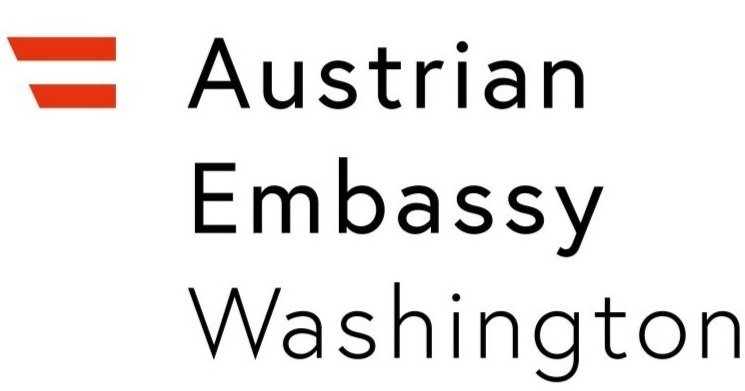Science and Research
The Austrian Government considers research, technology and innovation (RTI) as the driving forces for a sustainable increase in the performance and competitive potential of a society. Research carried out in Austria’s universities, research centers, in small and medium-sized enterprises (SMEs), and in industry makes an important contribution to solving social challenges while ensuring competitiveness, economic growth and jobs.
Three federal ministries are responsible for the Austrian research and technology policy: the Ministry of Education, Science, and Research (BMBFW), the Ministry for Climate Action, Environment, Energy, Mobility, Innovation and Technology (BMK), and the Ministry of Digital and Economic Affairs (BMDW). The Austrian Science Fund (FWF), the Austrian Research Promotion Agency (FFG) and the “Austria Wirtschaftsservice” (AWS) are the main agencies that manage the funding for basic and applied research, development and innovation on behalf of the ministries.
TRENDS IN R&D SPENDING IN AUSTRIA
The number of personnel engaged with R&D which was covered in the framework of STATISTICS AUSTRIA’s surveys on research and experimental development (R&D) in all economic sectors was 83.659,9 full-time equivalents (FTEs) in 2019. In comparison with the reference period 2017, this represents an increase of the number of R&D personnel by 10%. About 63 % account for academic staff, of which 24% are women.
In 2020, altogether €12.1 bn were spent on R&D in Austria in all sectors of performance. Hence, R&D expenditures decreased by 1.6%, compared to the year of 2019. However, the research intensity increased to 3.23% as total economic performance fell even more. Approximately 70 % were spent in the business enterprise sector, 22.7 % in the higher education sector, 6.5% in the government sector, and 0.7% in the private non-profit sector.
The largest part of total R&D expenditure 2020 was financed by Austrian businesses (approx. 50% or €6.08 billion). The public sector contributed 33 % (approx. €4.02 billion); of this share, the federal government (“Bund”) financed around 3.33 billion, the regional governments (“Länder”) around €552 million and other public funding amounted to about €144 million.. 16 % (€2 billion) were funded from abroad and less than 1% (approx. €42 million) by the private non-profit sector. The funds from abroad originated predominantly from foreign enterprises. A considerable part comes from multinational enterprises whose affiliates in Austria perform R&D and includes receipts from EU research programmes.
AUSTRIA’S POSITION IN THE EUROPEAN INNOVATION UNION SCOREBOARD
The European Commission has launched its (Research and) Innovation Union Scoreboard (IUS) in 2011. The report assembles 25 single indicators that combine research and innovation. Under the new scoreboard, Austria is in 7th position EU-wide, among the innovation followers. Austria’s Federal Government has set the goal of increasing the country’s research ratio to 3,76% by 2020, which shall promote Austria into the league of “innovation leaders”, thus making Austria one of the most innovative countries in the European Union.
The full IUS is available for download at the European Commission’s Website. Further information on research in Austria is available for download at the Website of the Austrian Agency for Education and Internationalisation (OEAD).
